Results 6,181 to 6,190 of 12096
Thread: Anandtech News
-
08-02-16, 03:06 PM #6181
Anandtech: Thermaltake Releases New SFX PSUs: 450W and 600W, rated at 80 PLUS Gold
Thermaltake has introduced its first SFX power supplies designed for gaming PCs. The new Toughpower SFX series of PSUs will have two models, both of which are 80 Plus Gold rated and feature a modular design. Thermaltake, which is primarily known for its PC cases and high-power PSUs for high-end PCs, will become the fourth major PSU maker to introduce gaming-grade SFX power supplies after Corsair, FSP and SilverStone.
The Thermaltake Toughpower SFX lineup will have two SKUs rated for 450 W (STP-0450F-G) and 600 W (STP-0600F-G, STP-600AH1FEG) maximum load. Both power suppliers are compliant with SFX12V V3.3 and ATX12V V2.4 specifications as well as carry the 80 Plus Gold certification. Thermaltake advertises three key features: the 80 mm fan that does not operate at low loads, a modular design with flat-type cables to ensure easy cable management, and a seven-year warranty. Thermaltake also includes an SFX to ATX adapter bracket into the package to make its SFX PSUs compatible with Mini-ATX builds as well, which is logical since the power supplies were developed with general gaming PCs in mind and can be used for a variety of PC cases, not just for tiny ones.
The Toughpower SFX PSUs will have a similar internal design (but not exactly the same, see images below) as well as an identical set of connectors. Both power supplies feature EPS12V power connectors (one 24-pin and a 4+4-pin connector), a single PCIe 6+2-pin power connector, one SATA power connector as well as one connector for peripherals.
Since both PSUs have only one PCIe 6+2-pin power connector, they are compatible with modern graphic cards that use only one 8-pin PCIe auxiliary power input. Some users may feel that 600W with only one PCIe connector is very limited, and will cut out some of the most powerful small form factor GPUs.Thermaltake Toughpower SFX Series Connector type Hardwired Modular ATX 24 Pin - 1 EPS 4+4 Pin - 1 PCI-E 6+2 Pin - 1 SATA - 1 Peripherals - 1
Thermaltake’s Toughpower SFX PSUs should hit the market shortly, but we do not have the prices at this time.
Gallery: Thermaltake Introduces High-Wattage Toughpower SFX PSUs





More...
-
08-03-16, 09:05 AM #6182
Anandtech: The Nixeus Moda Pro Review: A Professional Mechanical Keyboard for $55
In this review we are having a look at a low-cost mechanical keyboard, the Nixeus Moda Pro. The Moda Pro is a no-frills product that is mainly targeted to professional and MacOS system users at nearly half the price of most competitive models.
More...
-
08-03-16, 10:10 AM #6183
Anandtech: StarTech.com TBT3TBTADAP Thunderbolt 3 to Thunderbolt Adapter Review
Thunderbolt 3 has got off to a great start as the premium choice for high-speed external I/O - be it external GPU docks or for taking full advantage of PCIe SSDs. Unlike the first two versions of Thunderbolt (which used a mini-Display Port connector), Thunderbolt 3 opted for a USB Type-C connector. There are a number of Thunderbolt 3 devices in the market that are currently certified for use with PCs sporting a Thunderbolt 3 port. However, there are also a large number of legacy Thunderbolt / Thunderbolt 2 products that are certified for use with both PCs and Apple devices. While introducing Thunderbolt 3, Intel promised the delivery of a Thunderbolt 3 to Thunderbolt adapter for modern TB3-equipped PCs to be able to talk to the legacy devices. There has been considerable delay in getting this product to the market since that announcement, but, the adapters have now been selling for the last couple of months.
The StarTech.com TBT3TBTADAP Thunderbolt 3 to Thunderbolt Adapter
The TBT3TBTADAP is meant for use with PCs sporting the new Thunderbolt 3 Type-C interface. It can be used to connect legacy Thunderbolt peripherals to those PCs, but, not vice-versa (i.e, one will NOT be able to use it to connect a Thunderbolt 3 peripheral to a PC equipped with a legacy Thunderbolt port).
The TBT3TBTADAP package comes with the main adapter and a quick-start guide. The adapter has a permanently attached 8 in. cable with a Type-C male connector at one end. At the other end, we have a female Thunderbolt 2 port.
One of the important aspects to note is that the Thunderbolt 2 port, despite physically being a mini-DP port, doesn't support mDP or DP monitors. It does, however, support Thunderbolt displays. The adapter can also be used at the top of a daisy chain of legacy Thunderbolt peripherals.
Buy StarTech.com TBT3TBTADAP Thunderbolt 3 to Thunderbolt Adapter on Amazon.com
Usage Impressions and Evaluation Setup
Putting the TBT3TBTADAP to use is as simple as plugging in the unit into a Thunderbolt USB-C port of the PC and the legacy Thunderbolt peripheral to the adapter itself. The legacy device gets automatically recognized as a Thunderbolt peripheral on the host PC, and the Thunderbolt software (security / connection options) gets activated. It is imperative that the Thunderbolt firmware and the drivers on the host PC are up-to-date.
The main focus of our evaluation was more on the qualitative aspects, rather than providing performance numbers. Towards this, we tested out the adapter with the following hardware:
- Host PCs
- AnandTech Skylake DAS Testbed (GIGABYTE Z170X-UD5 TH motherboard)
- Intel NUC6i7KYK Skull Canyon NUC
- Legacy Thunderbolt Peripherals
It is not possible to evaluate all legacy Thunderbolt devices, but, we personally tested and can vouch that the adapter works with the above hardware. The choice of legacy Thunderbolt peripherals was driven by the fact that the Rugged Thunderbolt is a bus-powered device, while the 2big Thunderbolt 2 is self-powered (connects to an AC wall outlet). In addition, the above configuration also allowed us to test daisy chaining by first connecting the 2big Thunderbolt 2 to the adapter, and the Rugged Thunderbolt to the second Thunderbolt port on the 2big Thunderbolt 2. These configurations worked without a hitch on both of our host PCs.
The adapter also works with Thunderbolt displays, though we didn't evaluate that aspect ourselves. However, based on various e-tailer consumer reviews, it appears that people have reported mixed results. The root cause seems to be the host system itself. One of the most common resolutions we have seen is a hard power cycle / power on delay after upgrading the Thunderbolt firmware and drivers on the host PC.
Miscellaneous Aspects and Concluding Remarks
The StarTech.com TBT3TBTADAP adapter is an active component. It consumes power from the host system in order to operate. In order to get a quantitative feel of this aspect, we hooked up the adapter to our GIGABYTE host system using the Plugable USBC-TKEY power delivery sniffer. The power consumption was tracked starting with just the adapter connected to the host PC. After some time, the LaCie Rugged Thunderbolt SSD was connected to the adapter and the CrystalDiskMark 5.0.2 benchmarks were processed on it, with a 30-second gap between each of the workloads.
We can see that the adapter consumes 0.184 W from the host system even when there is no legacy peripheral connected to it. Once a peripheral is connected, the major component of the power draw from the Thunderbolt 3 host port is dictated by the connected device and the workload being processed on it.
Incidentally, we also confirmed that the adapter can do TRIM passthrough. This obviously depends on the the capabilities of the storage device being connected via the Thunderbolt link.
Coming to the business end of the review, we can say that the unit fulfills one of the most important requirements for Thunderbolt 3 to succeed - a way to utilize legacy Thunderbolt peripherals with Thunderbolt 3 systems. In our limited testing with a couple of host systems and couple of legacy peripherals, the adapter managed to perform without any hiccups. That said, based upon consumer reviews online, it appears that the experience is heavily dependent on the host system and the peripheral connected to the adapter. Fortunately, StarTech.com's customer service seems to be taking a proactive role in resolving these user complaints. Based on our own issue-free experience, as well as the general feedback on various e-tailer sites, we have no hesitation in recommending the StarTech.com TBT3TBTADAP Thunderbolt 3 to Thunderbolt Adapter. It is a must-have for consumers with legacy Thunderbolt devices that need to be used with modern systems equipped with Thunderbolt 3 Type-C ports.
The StarTech.com TBT3TBTADAP Thunderbolt 3 to Thunderbolt Adapter is currently available for $79 on Amazon, and carries a 2-year warranty.
Buy StarTech.com TBT3TBTADAP Thunderbolt 3 to Thunderbolt Adapter on Amazon.com
More...
- Host PCs
-
08-03-16, 08:31 PM #6184
Anandtech: Toshiba Announces New BGA SSDs Using 3D TLC NAND
Toshiba has announced a new generation of BG series single-chip SSDs, with a newer controller and expanded capacity options thanks to the adoption of 3D NAND. The BG series is Toshiba's SSD solution for tablets and ultrabooks that need a smaller form factor than a M.2 2280 module but higher performance and capacity than eMMC solutions.
Toshiba's BG1 series was first previewed at CES 2015. That first generation uses a PCIe 2 x2 link and implements the NVMe 1.1a protocol. The BG1 is available in capacities of 128GB and 256GB either as a 16mm by 20mm BGA package integrating both the SSD controller and NAND flash, or as M.2 2230 removable modules.
The new BG series switches from planar MLC NAND to Toshiba's BiCS 3D TLC NAND. The higher per-die capacity allows for the addition of a 512GB model and makes the package slightly thinner. The new SSD controller has been upgraded to operate at PCIe 3 speeds though still with only two lanes. It also now supports NVMe 1.2 including the optional Host Memory Buffer (HMB) feature. We've previously seen HMB implemented by a Marvell controller that also targets low-end NVMe applications.
Toshiba has shared some details about how they plan to make use of HMB and what its impact on performance will be. The BG series uses a DRAM-less SSD controller architecture, but HMB allows the controller to make use of some of the host system's DRAM. The BG series will use host memory to implement a read cache of the drive's NAND mapping tables. This is expected to primarily benefit random access speeds, where a DRAM-less controller would otherwise have to constantly fetch data from flash in order to determine where to direct pending read and write operations. Looking up some of the NAND mapping information from the buffer in the host's DRAM—even with the added latency of fetching it over PCIe—is quicker than performing an extra read from the flash.
Toshiba hasn't provided full performance specs for the new BG series SSDs, but they did supply some benchmark data illustrating the benefit of using HMB. Using only 37MB of host DRAM and testing access speed to a 16GB portion of the SSD, Toshiba measured improvement ranging from 30% for QD1 random reads up to 115% improvement for QD32 random writes.
While it looks like HMB can do a lot to alleviate the worst performance problems of DRAM-less SSD controllers, the caveat is that it requires support from the operating system's NVMe driver. HMB is still an obscure optional feature of NVMe and is not yet supported out of the box by any major operating system, and Toshiba isn't currently planning to provide their own NVMe drivers for OEMs to bundle with systems using BG series SSDs. Thus, it is likely that the first generation of systems that adopt the new BG series SSDs will not be able to take full advantage of their capabilities.Performance improvement from enabling HMB QD1 QD32 Random Read 30% 65% Random Write 70% 115%
Carried over from the previous BG1 series are support for TCG Pyrite and the option of full TCG Opal encryption support. The 16mm by 20mm BGA package is still only 1 gram for the highest capacity, and the maximum thickness is reduced from 1.65mm to 1.60mm. Power consumption may have increased slightly, with the new BG series SSDs drawing up to 2.8W when active compared to a specification of 2.2W typical for the BG1.
The new BG series SSDs are currently sampling to select OEMs, and will be in full mass production by the end of the year.
More...
-
08-04-16, 07:19 AM #6185
Anandtech: Seagate Re-Enters Enterprise SATA SSD Market with Nytro XF1230
It's hard for any new SATA SSD to be big news. Aside from instances where new NAND flash enables higher capacities or a big price drop, almost everything we see is an incremental improvement where performance in particular doesn't increase much from one generation to the next. The new Seagate Nytro XF1230 enterprise SATA SSD is notable not for its technical specifications, but for who's selling it. Seagate has been absent from the SATA SSD market for quite a while since the 600 and 600 Pro SSDs were discontinued, but now they're getting back in the game.
The Seagate Nytro XF1230 is intended for use with read-intensive workloads but its use of eMLC NAND flash also gives it decent write performance and endurance. Seagate isn't disclosing who their partners are for the NAND or the SSD controller, but the combination of Micron NAND and Marvell controllers has been working well for Seagate lately in the PCIe space.
The drive writes per day ratings are about twice the usual for read-oriented SSDs, which broadens its scope of appeal slightly. The steady-state random write performance is not record-breaking but is reasonable for this kind of product. As with virtually all enterprise SSDs, the XF1230 includes full power loss protection, but encryption support is not advertised.Seagate Nytro XF1230 Series Specifications Capacity 240GB 480GB 960GB 1920GB Form Factors 2.5" 7mm Controller unspecified NAND unspecified eMLC Seq Read 560 MB/s Seq Write 290 MB/s 500 MB/s 460 MB/s 430 MB/s 4K Rand Read (QD32) 98K IOPS 4K Rand Write (QD32) 8K IOPS 15K IOPS 16K IOPS 17K IOPS Max Power 2.9W 3.9W 4.7W 4.8W Endurance 0.5 DWPD 0.6 DWPD 0.67 DWPD 0.67 DWPD Warranty Five Years
The Seagate Nytro XF1230 is in mass production now and is sampling to Seagate partners.
More...
-
08-04-16, 05:11 PM #6186
Anandtech: Western Digital Adds Helium-Filled WD Gold 10 TB HDD to Lineup
Western Digital has this week introduced its new 10TB datacenter-class helium-filled WD Gold hard drive. This drive, according to WD, boasts higher performance compared to its predecessor combined with lower power consumption. The new WD Gold 10 TB will be Western Digital’s flagship HDD for data-centers and will compete against hard drives of similar capacity from Seagate and HGST.
The WD Gold 10 TB drive (WD101KRYZ) shares the hermetically-sealed 3.5” platform with the WD Gold 8 TB, which was introduced earlier this year. The new drive is based on multiple PMR (perpendicular magnetic recording) platters, features a 7200 RPM spindle speed, a double-size 256 MB DRAM cache and is based on the SATA 6 Gbps interface (right now, WD does not offer Gold HDDs with SAS interface). Just like the other WD Gold HDDs, the new 10 TB model was designed for a variety of server applications, including small to medium-scale machines, as well as rack-mount data center servers and storage enclosures. The drive is promoted as being optimized for RAID environments and supports enhanced RAFF technology that protects against vibration (by monitoring linear and rotational vibration in real time) as well as head positioning system with two actuators, which increases positional accuracy. In addition, the WD Gold 10 TB also supports time-limited error recovery technology (TLER), which prevents drive fallout caused by extended HDD error recovery processes.
The WD Gold 8 TB model released earlier this year already featured a number of performance and energy efficiency optimizations and the WD Gold 10 TB hard drive is designed to improve even further. The 10 TB drive offers a 249 MB/s sustained sequential transfer rate (up from 205 MB/s in the case of the 8 TB model). Moreover, maximum power consumption of the WD Gold 10 TB is 7.1 W (down from 7.4 W for the 8 TB model, and significantly less than 8.6 W consumed by HGST’s Ultrastar He10). Western Digital does not reveal many details about how it managed to improve performance and energy efficiency, but it is logical to assume that increased areal density, an enlarged cache, and further tweaks of electronics are responsible. As for reliability, just like other WD Gold series HDDs, the new one is rated for 2.5 million hours MTBF and comes with a 550TB of writes per year rated workload, which at the rated write speed gives 100 minutes of full sequential writes per day.Comparison of Western Digital's WD Gold HDDs WD101KRYZ WD8002FRYZ WD6002FRYZ WD4002FRYZ Capacity 10 TB 8 TB 6 TB 4 TB RPM 7200 RPM Interface SATA 6 Gbps DRAM Cache 256 MB 128 MB NAND Cache Unknown No Yes Unknown Helium-Filling Yes No Data Transfer Rate (host to/from drive) 249 MB/s 205 MB/s 226 MB/s 201 MB/s MTBF 2.5 million Rated Workload (Drive Writes Per Day) 0.151 0.189 0.251 0.377 Equivalent of 550 TB of Writes per Year Acoustics (Seek) - 36 dBA Power Consumption Sequential read 7.1 W 7.2 W 9.3 W 9 W Sequential write 6.7 W 7 W 8.9 W 8.7 W Random read/write 6.8 W 7.4 W 9.1 W 8.8 W Idle 5 W 5.1 W 7.1 W 7 W Warranty 5 Years Price $847.99 $595.99 $406.99 $270.99 $0.084 per GB $0.074 per GB $0.067 per GB $0.067 per GB 11.79 GB per $ 13.42 GB per $ 14.74GB per $ 14.76 GB per $
Western Digital’s Gold 10 TB hard drives are currently available at select U.S. distributors, resellers and will shortly be sold in the company’s online store. The HDD costs $847.99 when bought from CDW.
Gallery: Western Digital Adds Helium-Filled WD Gold 10 TB HDD to Lineup


More...
-
08-04-16, 10:08 PM #6187
Anandtech: This Weekend's AnandTech Forums Upgrade
Taking a break from our usual technology news, we have a bit of site news to discuss this evening.
For the past couple of months we have been preparing a much-needed forums upgrade behind the scenes, one that will upgrade our circa 2009 vBulletin based forums with a newer platform based on XenForo. Among other improvements, this allows us to offer full HTTPS encryption for all connections (and better backend security), better spam control, and like the main AnandTech site itself, a single responsive design that adjusts to both desktops and mobile devices (but fear not, we’re also continuing Taptalk support).
With the bulk of the behind the scenes work having wrapped up, we’re finally ready to complete the upgrade and transfer everything over to the new forums. To do this we’ll be taking the AnandTech forums offline this Friday at 6pm ET (22:00 UTC). This will allow us to minimize the disruption and allow the bulk of the transfer to take place overnight, with the new forums set to come online on Saturday.
The full announcement from Purch’s community team is posted below. Further information can be found in the respective threads linked below, and, of course, our comment system will not be impacted by this change.
Greetings AnandTech members!
In the interest of substantially improving the user experience and security for all members in our community, we’re migrating the forum software from vBulletin to XenForo. We’re undertaking this important move for a number of reasons:
- Security is improved greatly in the new platform, and we’re also rolling out SSL as an additional security measure
- Development in XenForo is more active and is based on a modern framework
- The learning curve for our users is tiny, as XenForo was built by the previous developers of vBulletin
- Extra built-in features like spam prevention that are stricter and more effective
- Easier and more intuitive platform for both new and veteran users
- The add-on ecosystem for new features and functionality is larger
- Significant increase in site speed and load times
- Responsive design that scales with resolution and mobile-friendly interface
We’ll be taking the forum offline for a number of hours over this coming weekend to complete the migration. Upon return from the downtime, all of your content and profile information will be present, and you’ll be able to login as normal.
Our goal with this transition is to provide a stable base platform, so we’ve endeavored to keep any major, customized changes apart from the platform to a minimum. The theme itself is simpler and cleaner to allow members to acclimate. We’re holding off on any massive thematic or extraneous feature changes (keeping them to a small number), and going as vanilla as possible to make the move a smooth one, as switching to a new platform is a major undertaking and we’re resolved to keep your content safe above all else.
We know that jumping platforms can be disruptive to your routine; familiarity and comfort of habits are as important in online communities as they are in real life. We are making this change to safeguard the continued growth of AnandTech, with both eyes towards a very bright future for the community. During the transition, please bear with us patiently as we work diligently to bring the forum over to the new platform.
To read over some of the big changes and how they might affect you, check out our handy guide to transitioning from vBulletin to XenForo here:
Guide to the New AnandTech Community
If you encounter a bug with the new platform, please let us know in this thread:
AnandTech XenForo Feedback
Thank you for your attention, and we’ll see you on the forums!
Warm Regards,
Joe Pishgar
Director of Community, AnandTech
More...
- Security is improved greatly in the new platform, and we’re also rolling out SSL as an additional security measure
-
08-05-16, 07:41 AM #6188
Anandtech: TUL Shuts Down VTX3D Graphics Cards Brand
TUL Corp., the company behind graphics cards sold under PowerColor and VTX3D trademarks, has decided to shut down one of its brands. From a post on the company website, effective immediately, the VTX3D (or VTX 3D, both arrangements are used) products and the brand will be phased out and TUL (which, in the end, means PowerColor) will handle the warranty liabilities of the company.
TUL introduced the first video cards sold under the VTX3D brand in early 2009 to sell budget ATI Radeon graphics in some Asian and European countries. Over time the brand introduced more advanced graphics cards targeting the high-end of the market, and at times could compete against PowerColor as well as Club3D (which is a very close partner of TUL in Europe).
The reasons behind TUL’s decision to shut down the brand have not been revealed by the company. However, there is a combination of explanations why TUL might no longer want to keep its low-cost brand. Firstly, the available market for discrete desktop graphics cards shrank from around 68.4 million units in 2011 to approximately 44 million units in 2015, according to data by Jon Peddie Research. It is important to note that while sales of higher-end enthusiast-class graphics cards increased in 2015, shipments of low-end adapters has declined. Secondly, sales of AMD’s standalone desktop GPUs also significantly dropped in the recent years: from around 27 million in 2011 to 8.88 million in 2015 (based on data from JPR). Given the shrunk TAM (total addressable market), both for GPUs and for Radeon, it might not make sense for TUL to support so many brands at all. Both PowerColor and VTX3D had their own sales, engineering and support teams, which might be inefficient from a financial point of view. By focusing on only one brand, TUL would optimize its costs and creates one brand moving forward.
Those, who own a VTX3D graphics card and require RMA services should contract eusupport@vtx3d.com. The VTX3D website has the original message (in Chinese).
More...
-
08-05-16, 01:11 PM #6189
Anandtech: The GeForce GTX 1060 Founders Edition & ASUS Strix GTX 1060 Review
For the mainstream video card market, a traditional NVIDIA top-to-bottom launch is both exciting and trying. Exciting because you get a sneak peek at what’s coming down the pipe in a couple of months, and trying because who doesn’t want a new video card right this second? Ultimately for NVIDIA’s largest market by volume, it means there’s a bit of a wait.
But after that wait, here we are: GP106, the heart of the GeForce GTX 1060. Announced in early July, NVIDIA’s mainstream/enthusiast GPU is part of a quick succession of Pascal releases for the company, who has now released (in various fashions) 4 different Pascal GPUs. Of the Pascal family so far, GP106 is the smallest, and the cheapest. But for NVIDIA’s customers it may very well be the most important, as GTX 1060 significantly raises the performance bar for 1080p gaming.
More...
-
08-08-16, 07:08 AM #6190
Anandtech: Dell Releases S2417DG and SE2717H Monitors: New Gaming Displays with G-Syn
Dell has quietly expanded its lineup of gaming displays with two new monitors featuring dynamic refresh technologies from AMD and NVIDIA. One of the monitors uses a full-HD (1920x1080) IPS panel with a refresh rate up to 75 Hz, whereas the other has a WQHD (2560x1440) TN panel with a refresh rate up to 165 Hz. The products belong to the entry-level and mainstream segments.
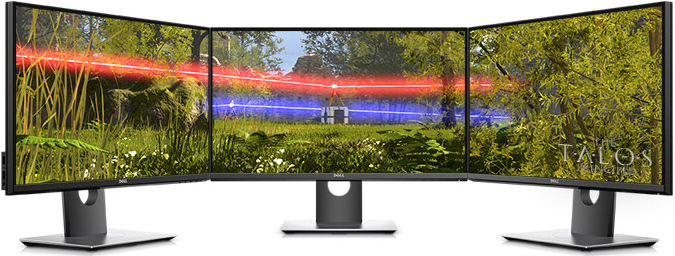
The Dell S2417DG is a monitor that the supplier recently added to its web-site in various locals but not via an official press release at this point. The S2417DG is based on a 23.8” TN panel with a 2560×1440 resolution, a peak brightness of 350 nits as well as a 1000:1 contrast. The key advantage of the S2417DG display for gamers is support for NVIDIA’s variable refresh rate G-Sync technology, allowing dynamic refresh rates between 30 and 165 Hz, which is a very decent range for a WQHD monitor. Moreover, with such high peak refresh rate, it is possible to use the monitor for stereoscopic 3D gaming using NVIDIA’s 3D Vision 2 glasses. Since this one uses a TN panel, this display is not aimed at professionals and exchanges refresh rate for color accuracy and viewing angles (it supports 170°/160° horizontal/vertical. For inputs, the monitor has DisplayPort and HDMI connectors to allow gamers to switch between a PC and a game console. In addition, the S2417SG has a quad-port USB 3.0 hub as well as an ultra-thin bezel for setting up multi-monitor arrangements.
The price of the Dell S2417DG is not listed by the supplier, but TFTCentral reports that the product will cost $570 when it is available later this quarter, which is $100 below its bigger brother, the S2717DG. The very decent dynamic refresh rate range between 30 and 165 Hz in the WQHD form factor is a large factor in the cost of the monitor.
Up next is the Dell SE2717H, which the company recently added to its U.S. Hong Kong web-site. The monitor looks to be a budget solution for gamers, as it costs HK$1799 (about $232) in Hong Kong and does not boast a high-end specification. Right now, it is not completely clear when this monitor is set to be available in Europe, but in the U.S. it is going to be available starting from August 16 for $250.Specifications of Dell's S2417DG and SE2717H Displays S2417DG
with G-Sync and ULMBSE2717H
with FreeSyncPanel 23.8" TN 27" IPS (6 bit + FRC) Resolution 2560 × 1440 1920 × 1080 Max Refresh Rate 165 Hz 75 Hz Refresh Rate Range 30 Hz - 165 Hz 48 Hz - 75 Hz Response Time 1 ms gray-to-gray 6 ms gray-to-gray Brightness 350 cd/m² 300 cd/m² Contrast 1000:1 1000:1 Viewing Angles 170°/160° horizontal/vertical 178°/178° horizontal/vertical PPI 123.44 ppi 82 ppi Pixel Pitch unknown 0.3114 mm Colors 16.7 million 16.7 billion Color Saturation unknown 84% (CIE 1976)
72% (CIE 1931)Inputs DisplayPort 1.2a
HDMI 1.4HDMI 1.4
D-SubAudio 3.5 mm input/output none
The SE2717H display is based on a 27” 1920x1080 IPS panel with a peak brightness of 300 nits as well as 178°/178° horizontal/vertical viewing angles. To appeal to gamers, it supports AMD’s FreeSync dynamic refresh rate technology in the range between 48 Hz and 75 Hz, which is standard for monitors in this class. The display has one HDMI 1.4 input (which makes it one of the first FreeSync-supporting screen with an HDMI input) as well as a D-Sub to connect to older PCs.
The addition of AMD’s FreeSync technology to a budget display indicates that this feature should start to roll out to standard gaming monitors rather than a remaining premium capability. While the SE2717H is not the cheapest FreeSync-supporting monitor around, at 1080p with a 27” panel and a 75 Hz maximum refresh rate (as opposed to 60 Hz in case of cheap screens), theses advantages that are going to attract the attention of potential buyers.
Sources: Dell, Dell, TFTCentral.
Gallery: Dell Releases S2417DG and SE2717H Monitors: New Gaming Displays with G-Sync and FreeSync





More...
Thread Information
Users Browsing this Thread
There are currently 33 users browsing this thread. (0 members and 33 guests)




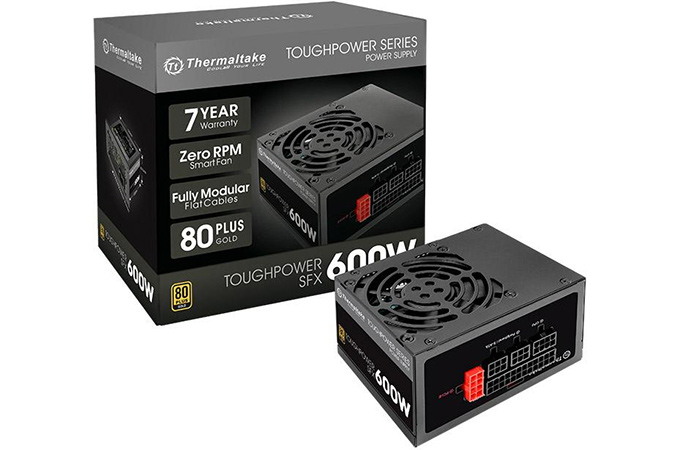



 Quote
Quote
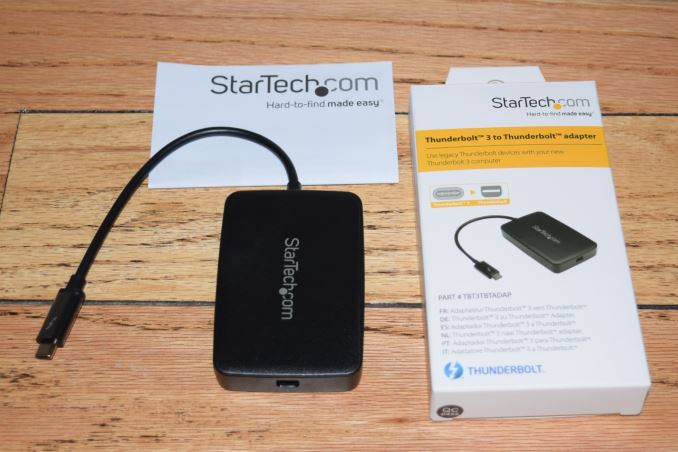
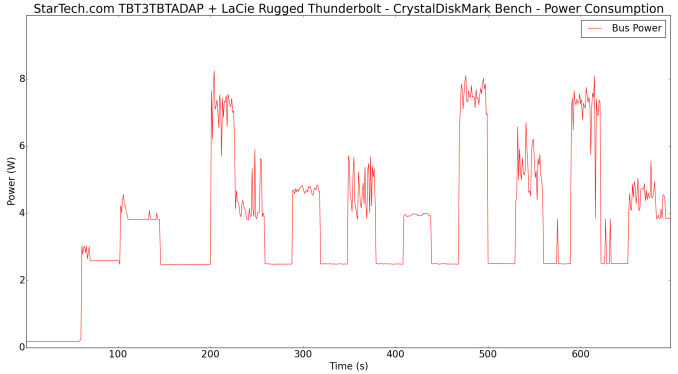


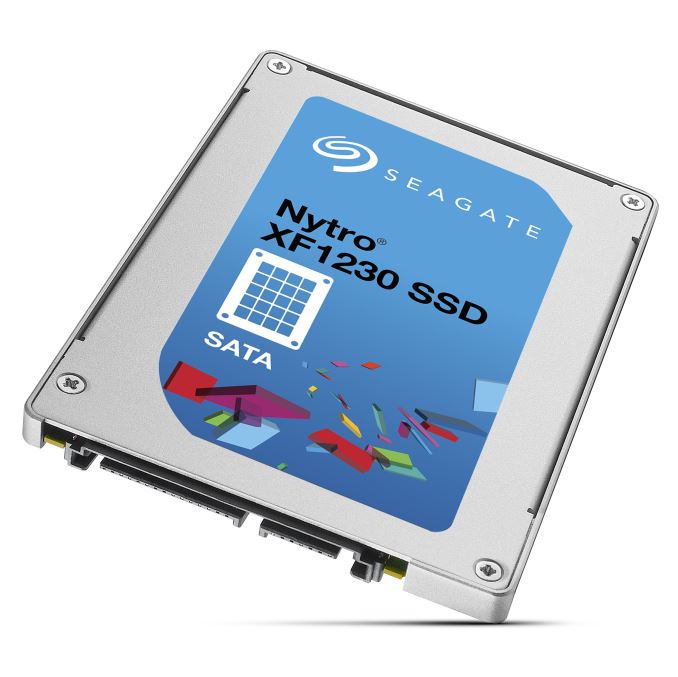
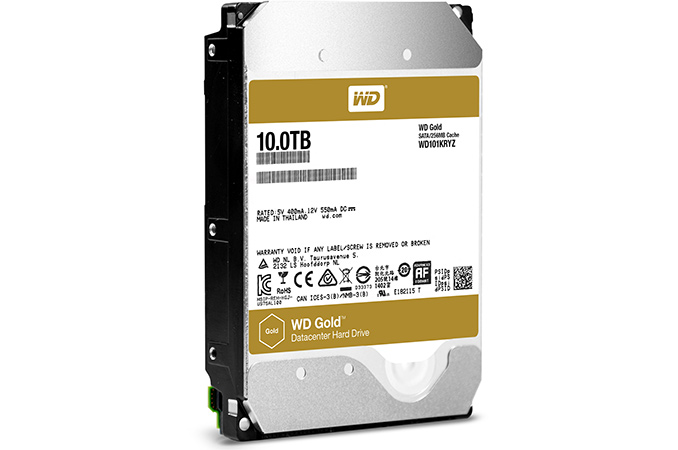


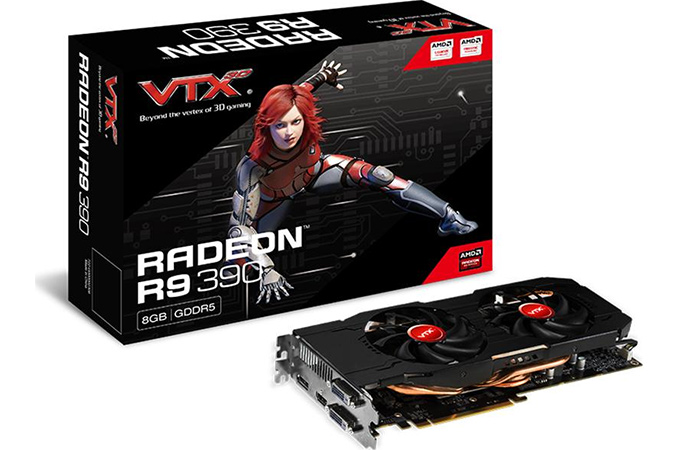
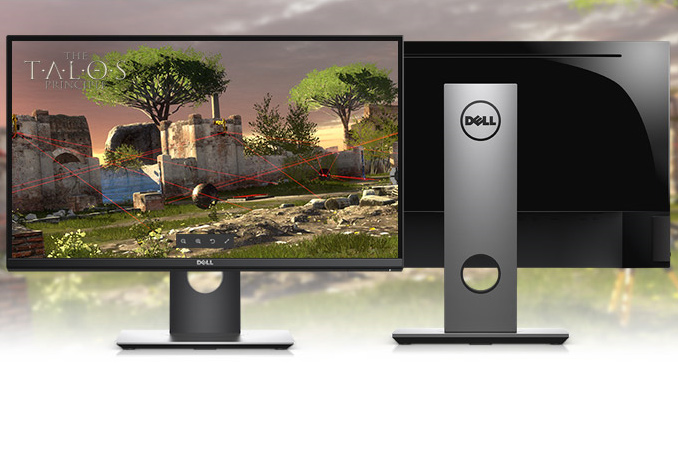
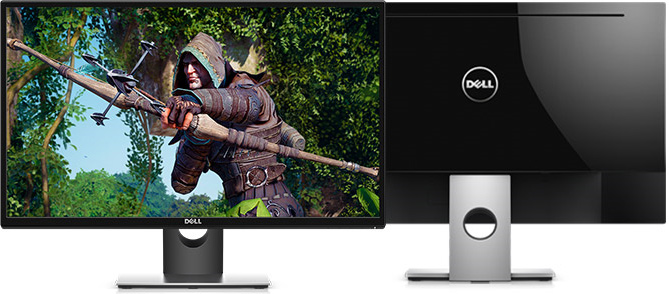
















Bookmarks